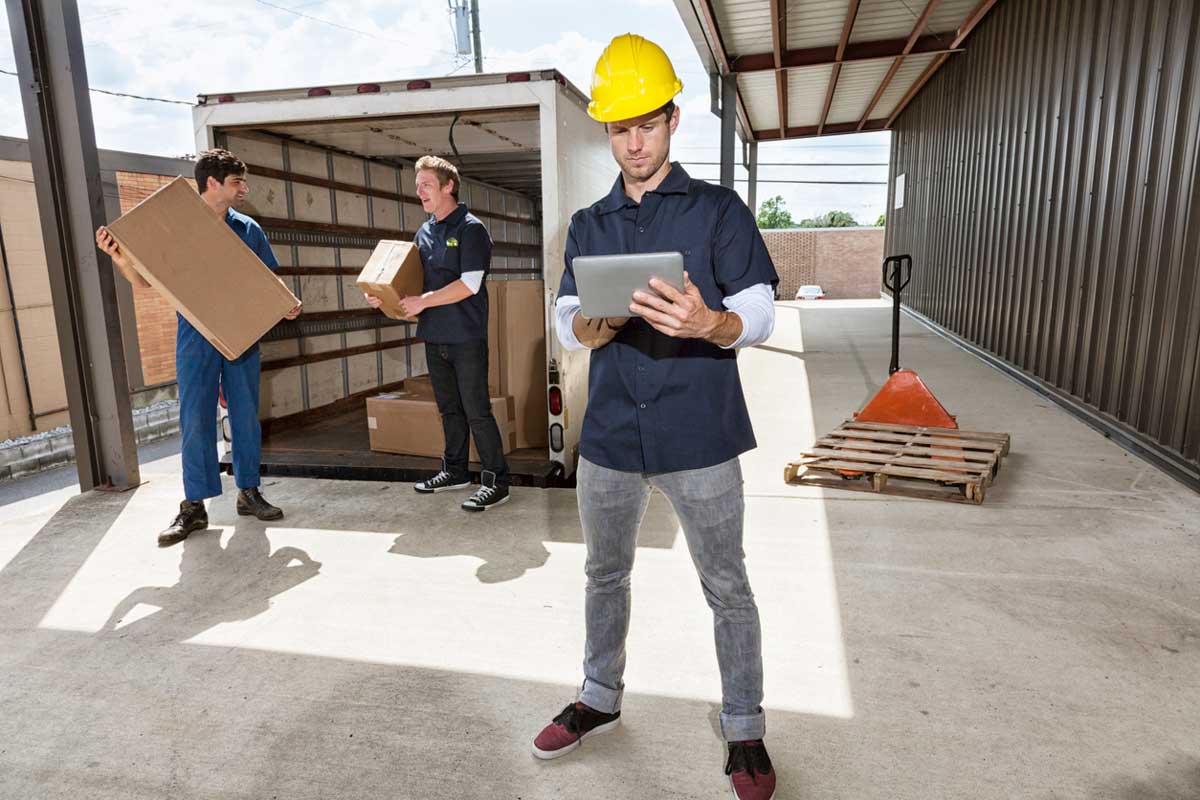Last Mile Delivery and LTL Services: The Crucial Difference
Last-mile delivery and less-than-truckload (LTL) service are two vital components of the supply chain that cater to different logistical needs. Let’s look at these services, how they compare, and their impacts on modern businesses.

Last Mile Delivery: Final Connection
Last-mile delivery refers to the final stretch of the shipping process, where products are transported from a local distribution center to the end consumer’s doorstep. This phase is often the most intricate and costly part of the journey due to its high number of stops, varying package sizes, and the need for prompt, reliable service. As e-commerce continues to surge, last-mile delivery has gained paramount importance, influencing customer satisfaction and loyalty.
In last-mile delivery:
- Speed Matters: Customers now expect swift deliveries, with options for same-day or next-day service becoming the norm.
- Precision is Key: The accuracy of delivery addresses, real-time tracking, and communication with customers become crucial to avoid delays or missed deliveries.
- Diverse Transportation: Couriers, drones, and even autonomous vehicles are being explored to efficiently cover urban and rural areas.
LTL Service: Efficient Consolidation
LTL service, on the other hand, caters to the transportation of smaller freight shipments that don’t require an entire truck’s capacity. This method maximizes the use of available space by consolidating shipments from multiple shippers into a single truckload. LTL is valued for its cost-effectiveness, reduced carbon footprint, and ability to cater to businesses with lower shipping volumes.
In LTL service:
- Cost Savings: Sharing truck space and only paying for the space utilized can significantly reduce shipping costs for businesses.
- Environmental Impact: LTL’s resource optimization contributes to greener logistics by minimizing empty truck miles and reducing overall emissions.
- Complex Logistics: Efficiently coordinating multiple shipments from different origins and destinations requires careful planning to ensure timely deliveries.
Comparing the Two Services: Overlapping yet Distinct
While both last-mile delivery and LTL service are essential aspects of logistics, they address different challenges within the supply chain. Last-mile focuses on the intricate web of urban and suburban deliveries, often requiring nimble solutions like local distribution centers and optimized routes. LTL, on the other hand, revolves around consolidation and efficiency, catering to businesses seeking to maximize their shipping budgets.
In summary, the choice between last-mile delivery and LTL service depends on the nature of the shipment and the specific needs of the business. E-commerce giants may prioritize last-mile delivery to enhance customer experience, while manufacturers or wholesalers could benefit from LTL’s economical advantages. Striking the right balance between these services can spell success for businesses aiming to satisfy customers, optimize costs, and reduce their environmental footprint. As technology continues to reshape the industry, finding innovative ways to integrate last-mile delivery and LTL service will remain pivotal for companies seeking a competitive edge.
